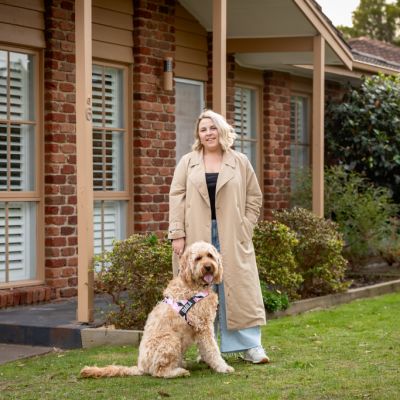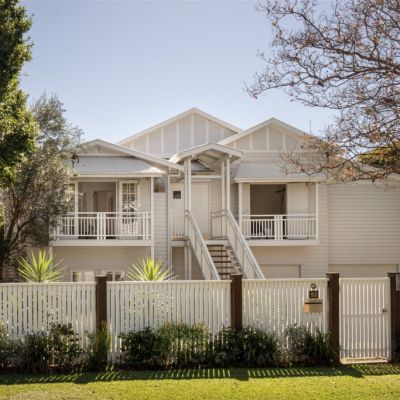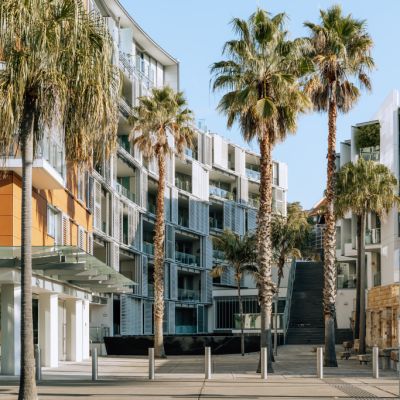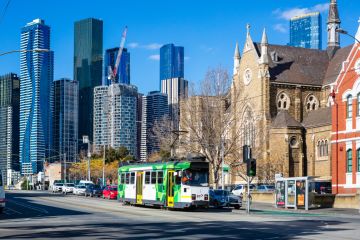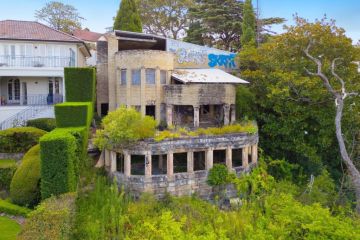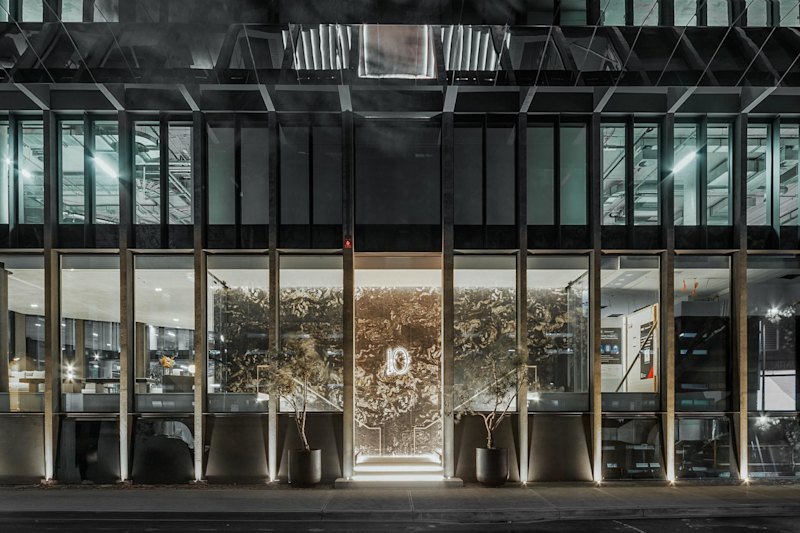Australian property prices: are they overpriced? Or is there more to it than that?
Australian property prices have experienced extraordinary growth in recent decades.
Nationally, real median house prices approximately doubled between the early 1980s and 2003, and again between 2003 and 2022, according to a paper released by Australian National University’s Tax and Transfer Policy Institute.
In late 2023, the national median house price reached a new high of $1,094,539, according to Domain data.
Housing affordability concerns have long been making headlines across the country, with rising house prices and rents pushing the dream of home ownership further out of reach for many.
Is Australian property overpriced?
Compared to other advanced economies, Australian property prices are considered high. Over the past two decades, the growth of Australian property prices has massively outpaced wage growth.
There is an old saying in the industry that property prices double every 10 years. While the adage is far from gospel, some capital cities did double in price in the decade leading up to 2021.
According to Demographia International’s housing affordability survey, Australia remains one of the most unaffordable housing markets in the world.
Factors that have driven property prices up over time include population growth, housing undersupply, economic conditions (such as low interest rates) and government policies (such as tax concessions for property investment and first-home buyer incentives).
The gap between actual property prices and what is an affordable loan for an average worker has significantly widened.
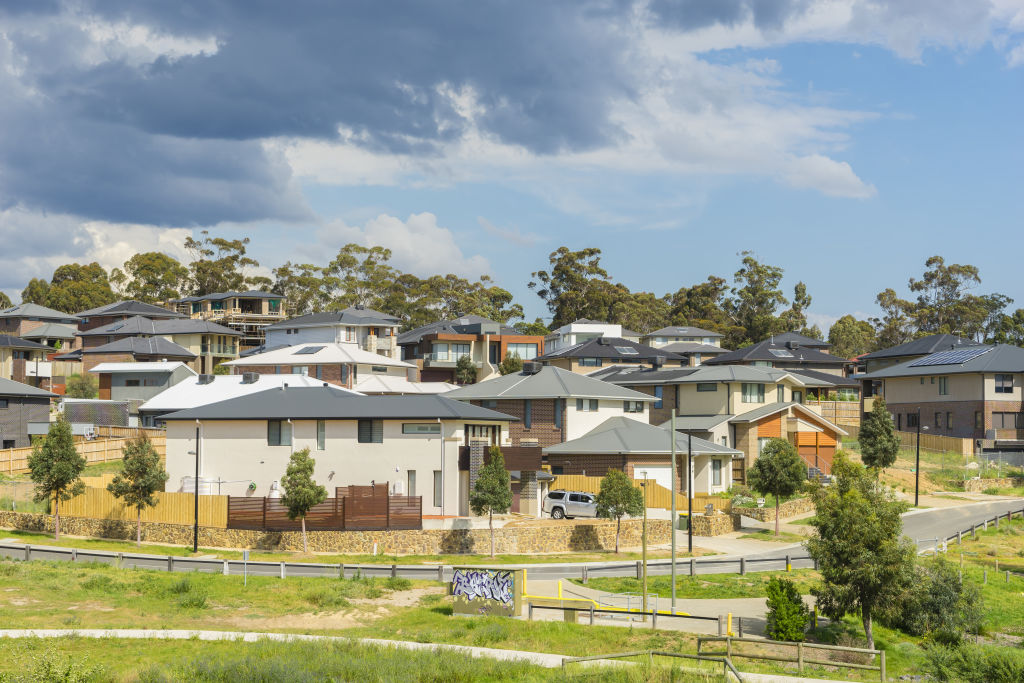
In March, AMP chief economist Shane Oliver said that property prices were about 30 per cent less affordable than they should be, based on data showing what Australians can afford to borrow.
A dwelling priced at $427,000 or less would be considered affordable for someone on average full-time earnings with a 20 per cent deposit. But the median dwelling price (which takes units and houses into account) across the combined capital cities is $789,000.
Domain’s latest First-Home Buyer Report found that the average time for an Australian couple aged 25-34 to save the 20 per cent deposit required for an entry-priced house is now four years and nine months.
What will happen to Australian property prices?
While housing prices inevitably move through cycles of growth and decline, the long-term trend in Australia has undeniably been upwards.
Most banks and economists are predicting moderate price increases in 2024, while some believe the market will remain stable or slip slightly.
A potential property bubble bursting in the Australian housing market has been hotly debated for many years, but fears of a looming “crash” have not come to fruition. House prices softened in 2022 after an enormous upswing following the pandemic, but the downturn was short-lived, and the market moved through a short and sharp V-shaped recovery in 2023.
Property prices are driven by the underlying market fundamentals of supply and demand, but predicting price movement with accuracy can be challenging – even for the nation’s brightest economic minds – due to the myriad factors and variables that affect supply and demand.
Domain’s chief of research and economics Dr Nicola Powell said the market had recently defied expectations to rebound strongly despite deeply pessimistic consumer sentiment and rising interest rates, which slashed buyer borrowing power by about 30 per cent.
A housing supply shortage decades in the making is a key reason why property is getting more expensive. New home completions have failed to keep pace with massive population growth and adapt to the rise in smaller households, which have both driven up housing demand.
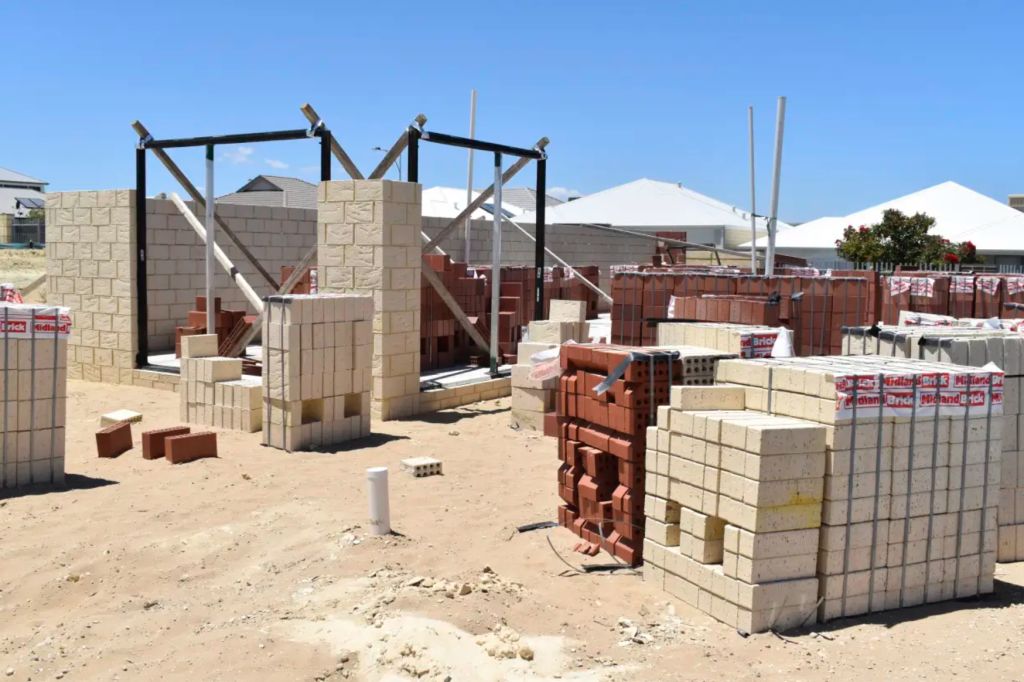
This has been further exacerbated by a constrained construction sector in the wake of the pandemic and the tightest rental market on record.
With the country’s population projected to increase by two million people by the end of this decade, the Labor government announced its aim to build 1.2 million new homes by 2029. It is difficult to predict how much this will influence property prices in the future as some experts believe it will likely still fall short of Australia’s housing needs.
The political landscape also has a significant impact on property prices. Legislative changes and housing policies – such as grants, stimulus packages and tax concessions – can impact supply and demand.
For example, a Coalition proposal to allow first-home buyers to withdraw from their superannuation for a deposit could further pump up property prices, a report recently warned.
Which state has the cheapest housing in Australia?
The Northern Territory is home to the cheapest housing in the country.
Darwin is the most affordable capital city in Australia, with a median house price of $640,800 and a median unit price of $371,000.
Darwin was the only capital city not to reach a record high for house prices during the pandemic boom. House prices remain 5.6 per cent below the record achieved in 2013.
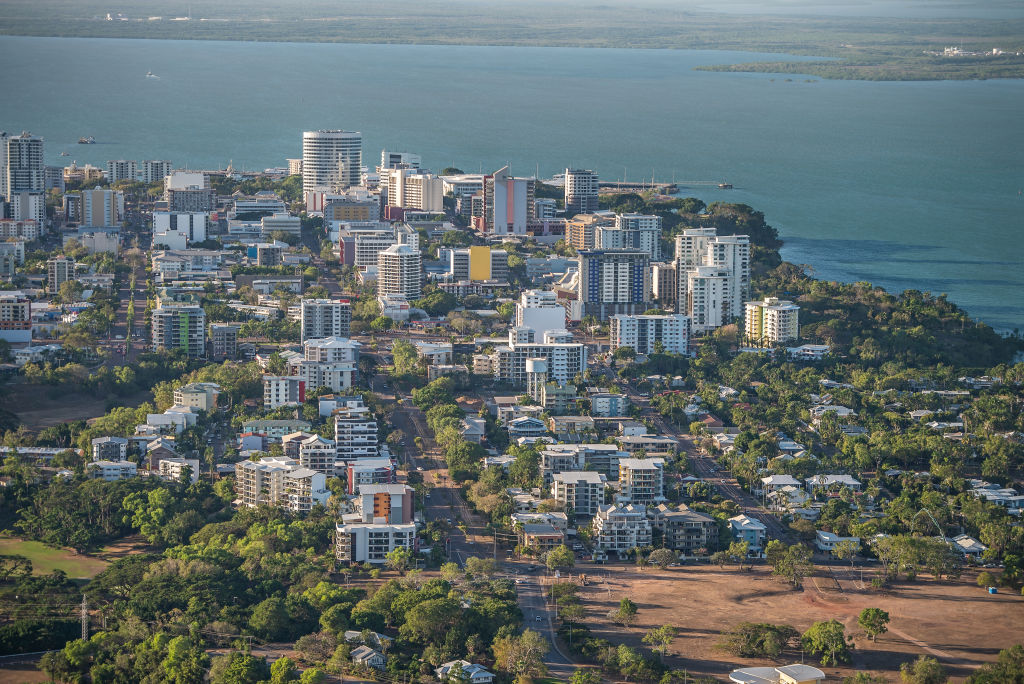
In the Alice Springs region, the median house price sits at $500,000, according to Domain Group.
In Katherine, the median house price is $402,500 – according to the Real Estate Institute of Northern Territory – while Tennant Creek’s median is $299,500.
Tasmania is the second most affordable state or territory. Hobart’s median house price was $706,000 in December, while the unit median was $535,000. The cheapest regional area was Burnie City, where the median house price sits at $412,000.
What is the property outlook for 2024?
Domain predicts national house price rises of 5 to 7 per cent in 2024.
The median house price in Sydney is expected to rise by 7 to 9 per cent, in Brisbane and Adelaide by 7 to 8 per cent, and in Perth by 6 to 7 per cent.
In Canberra, a more modest rate of 3 to 5 per cent was forecast, while Melbourne and Hobart’s median was predicted to rise by 2 to 4 per cent.
Economists and the major banks have different predictions about when – or if – the Reserve Bank will slash interest rates this year.
Hopes of an early rate cut are beginning to fade with the inflation rate coming down less strongly than hoped, the labour market still tight and income-boosting tax cuts coming in the middle of the year.
Cutting the cash rate would likely spark demand and activity in the housing market, said Domain chief of research and economics Dr Nicola Powell.
“The interest rate cut is going to be one of those things that’ll probably help to change consumer sentiment. Once we start to see interest rates being cut, it’ll feed into improved consumer sentiment, and once consumer sentiment starts to rise, we’ll likely see increased housing activity occur – and that is expected to happen in late 2024.”
We recommend
States
Capital Cities
Capital Cities - Rentals
Popular Areas
Allhomes
More
